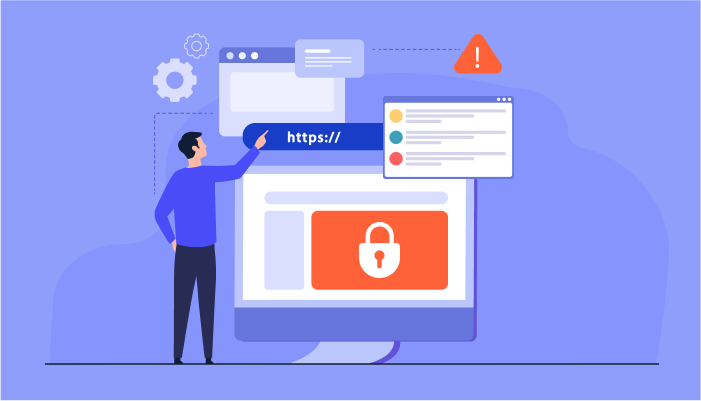In today’s digital landscape, blogging remains one of the most popular and effective ways to share ideas, connect with audiences, and establish an online presence. However, the process of building and maintaining a blog platform can often seem daunting, especially for those without coding skills or technical expertise. Fortunately, the rise of no-code development has made it easier than ever for individuals and businesses to create and customize their own blog platforms without writing a single line of code. In this article, we’ll explore the possibilities of building a blog platform with no-code solutions and how you can get started on your blogging journey.
Understanding No-Code Development:
No-code development refers to the practice of creating software applications and digital solutions using visual interfaces, drag-and-drop tools, and pre-built components, without the need for traditional programming languages or coding skills. No-code platforms provide users with a range of features and functionalities, including website builders, content management systems (CMS), and e-commerce tools, enabling them to design, deploy, and manage applications quickly and efficiently.
Building Your Blog Platform:
With no-code platforms, building a blog platform is easier and more accessible than ever before. Here’s how you can get started:
1. Choose a No-Code Website Builder: Begin by selecting a no-code website builder that offers blog functionality. Platforms like Wix, Squarespace, and Webflow provide intuitive drag-and-drop interfaces, customizable templates, and built-in blogging tools that allow you to create professional-looking blogs without any coding knowledge.
2. Select a Blog Template: Choose a blog template that suits your style and branding preferences. No-code website builders offer a variety of professionally designed blog templates that you can customize to fit your unique vision. From minimalist designs to bold and vibrant layouts, there’s a template for every taste and niche.
3. Customize Your Design: Use the built-in customization tools to personalize your blog’s design and layout. No-code platforms allow you to modify fonts, colors, images, and other elements with ease, giving you full control over the look and feel of your blog. Experiment with different options until you achieve the perfect design that reflects your brand identity.
4. Create and Publish Content: Start creating and publishing content for your blog. With no-code CMS platforms, you can easily add new blog posts, upload images, embed videos, and format text using intuitive editors. Write engaging and informative articles that resonate with your target audience and provide value to your readers.
5. Optimize for SEO: Ensure that your blog platform is optimized for search engines to increase visibility and attract organic traffic. No-code website builders often include built-in SEO features that allow you to customize meta tags, headings, and URLs, as well as submit sitemaps to search engines for indexing.
6. Enable Social Sharing: Encourage social sharing by integrating social media buttons and sharing widgets into your blog platform. No-code platforms offer easy-to-use integrations with popular social networks, allowing readers to share your content with their followers and expand your reach organically.
7. Monitor Performance and Analytics: Track the performance of your blog platform using built-in analytics tools. No-code platforms provide insights into key metrics such as page views, engagement, and referral traffic, allowing you to assess the effectiveness of your content and make data-driven decisions to optimize your blogging strategy.
Conclusion:
Building a blog platform with no-code solutions offers a straightforward and accessible way to bring your blogging ideas to life, regardless of your technical background. By leveraging intuitive website builders, customizable templates, and built-in blogging tools, you can create a professional-looking blog platform that showcases your content and engages your audience effectively. Whether you’re a seasoned blogger looking to launch a new project or a beginner exploring the world of digital publishing, no-code development empowers you to turn your vision into reality without the need for coding skills or technical expertise.
